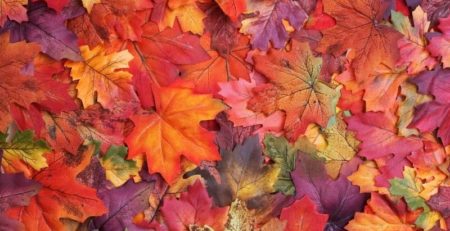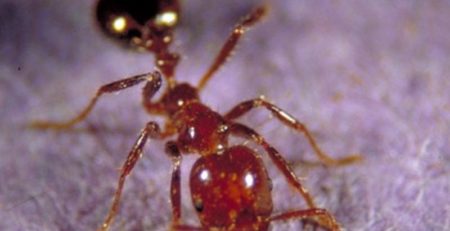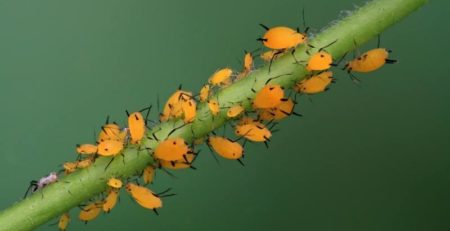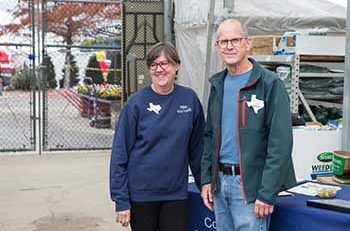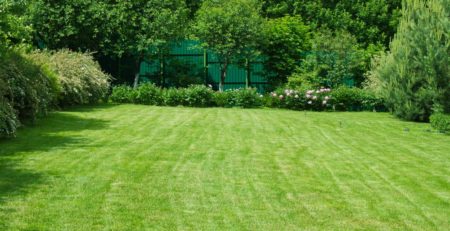Can I get my poinsettia to bloom again?
Q: Can I get my poinsettia to bloom again next Christmas or should I throw it away?
A:
Texas A&M AgriLife Extension has called poinsettias “the most difficult flowering potted plants to rebloom indoors” and some people say to “use them and then lose them.” We offer information here, however, for gardeners who wish to try.
After the holidays, when most of the poinsettia’s leaves have fallen off, reduce watering and store the dormant plant in a cool, well-ventilated place, like a garage, at around 60 degrees Fahrenheit.
In March, prune the stems back to 6 inches above the ground and re-pot the poinsettia into a container that is one to two inches larger in diameter than the original pot. Use a commercially prepared potting mix for soil. Water the plant completely and place it in a sunny window where the temperature is 70 -75 degrees Fahrenheit. Once new growth begins, fertilize the poinsettia every two weeks with a water-soluble, complete fertilizer. Follow label recommendations for the amount of fertilizer potted plants need.
After winter’s last freeze, a decision can be made to keep the poinsettia potted in the house or planted outdoors. It’s more difficult to time when the poinsettia may bloom again if it’s planted outdoors. Plus, earth-bound poinsettias are trickier to care for. They are cold-sensitive and might freeze before they bloom again next Christmas if left unprotected. They also require 9-10 hours of daylight to assure blooms for the holiday season. Potted plants can be easier to keep in bright light, away from hot or cold drafts, and damp but not wet. Whether it’s planted indoors or outdoors, pinch the tips of new growth once a month so that the plant bushes out. Stop pinching new growth, however, after August 15th.
Once colored bracts are visible, poinsettias should receive NO light at night. To assure full blooms at the desired time, plants need to be kept in complete darkness from 5:00 p.m. to 8:00 a.m. beginning in October until Thanksgiving. This is easy to provide indoor potted plants that can be placed in a closet with the door closed. Outdoor plants must be covered every evening with a light-proof bag. This is an important detail as even short exposure to dim lights can prevent the poinsettias from blooming.
Indoor or outdoor plants can be placed back in the sun or uncovered at 8:00 a.m. and left in a sunny spot during the day for maximum growth. The poinsettia’s flower buds will set best if exposed to short days (10 hours or less) of sunlight for about 10 weeks before the desired color. Continue to apply water-soluble fertilizer until mid-December and then reduce this to half the normal amount of fertilizer. Good luck!
Texas A&M offers additional advice online for selecting and caring for poinsettias at home and for saving poinsettias for the next holiday season.



